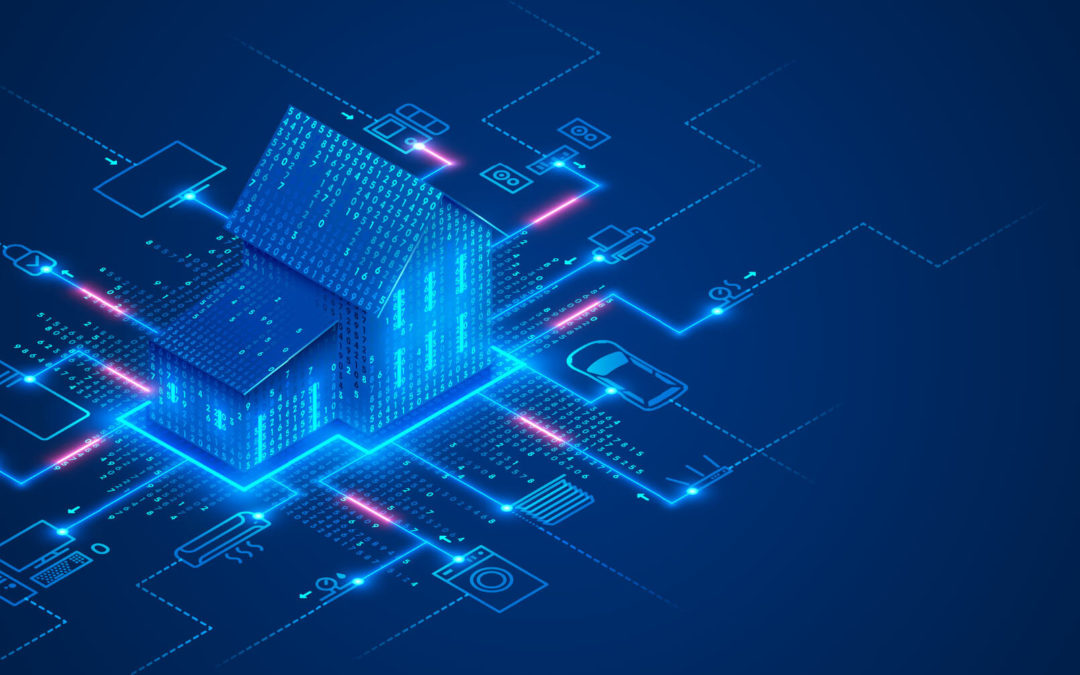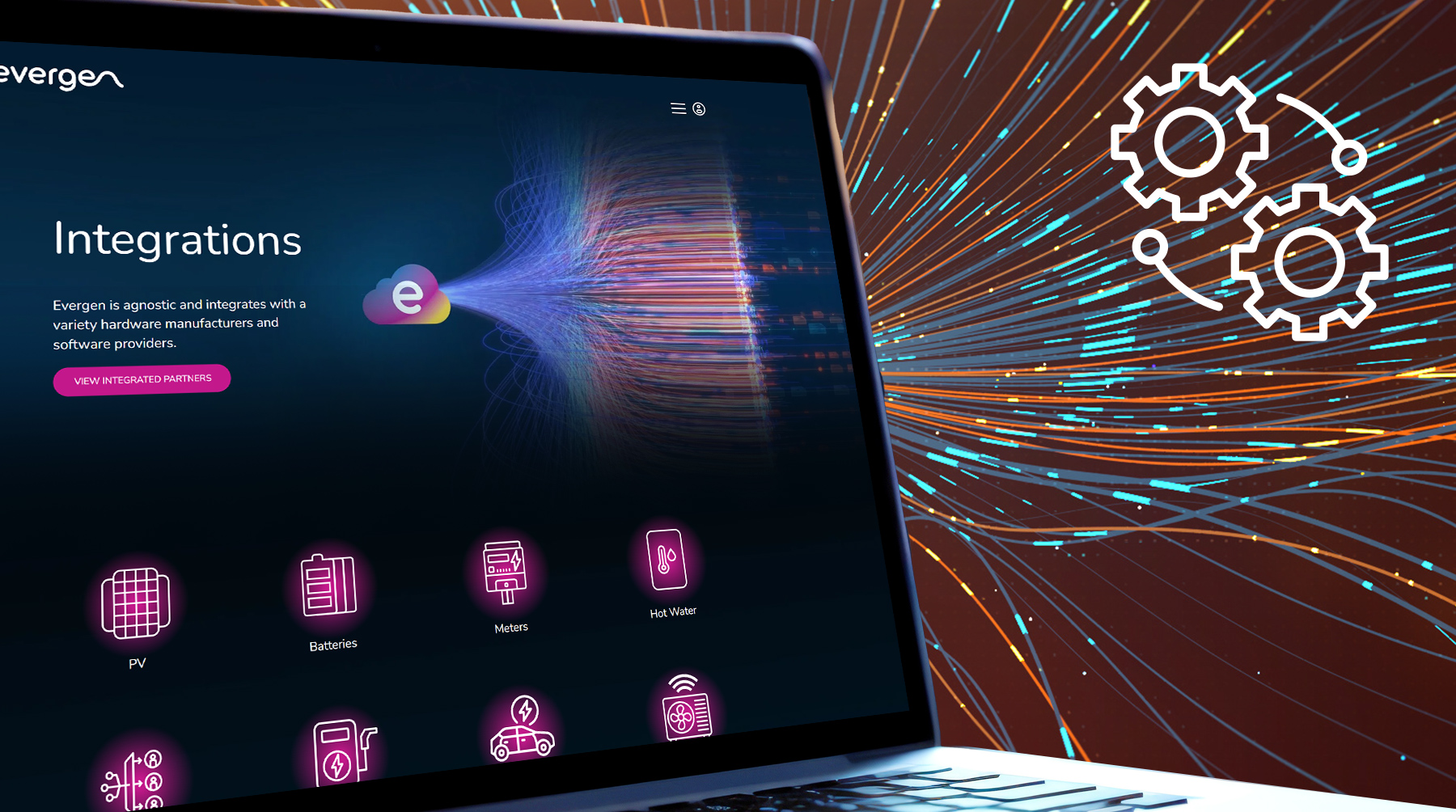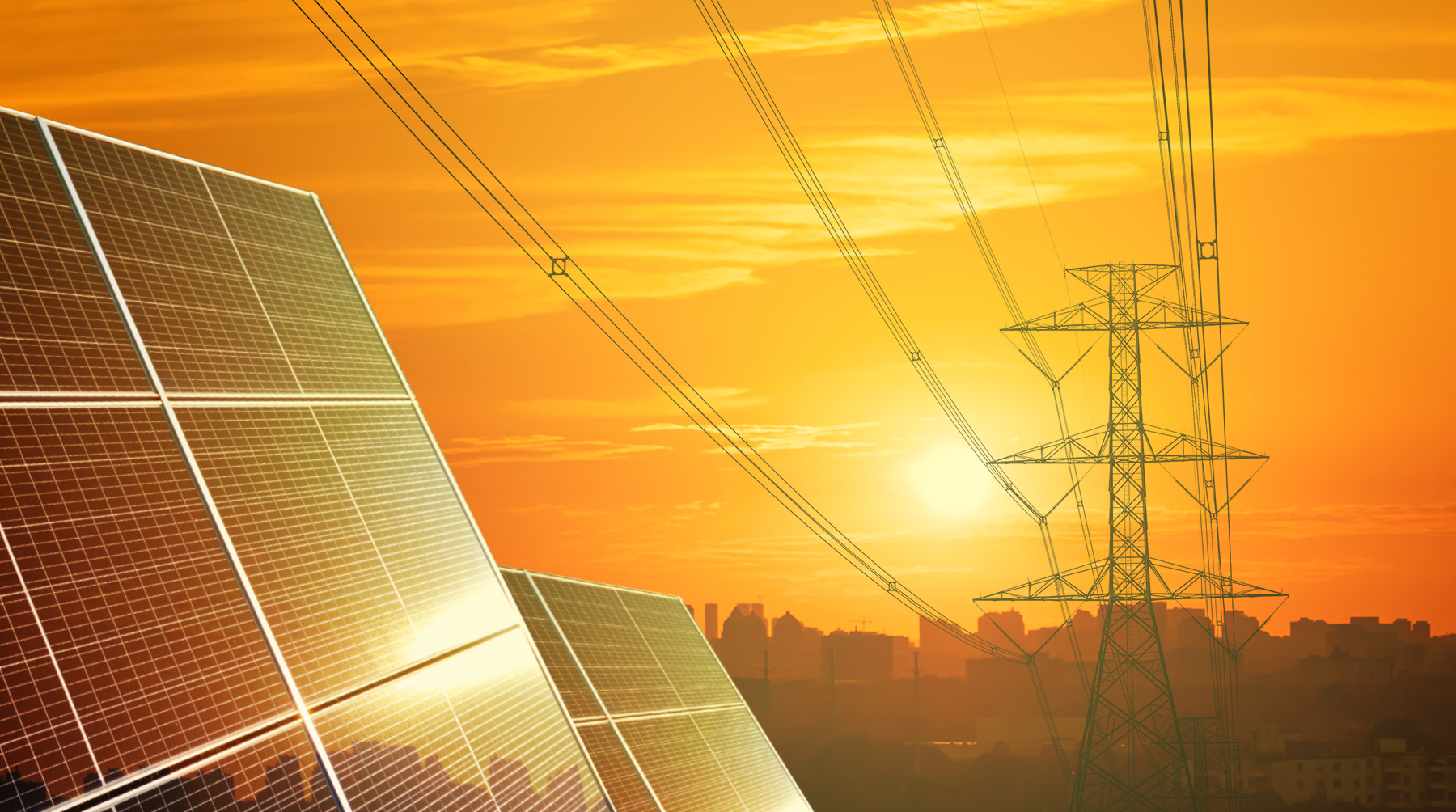My name is Doctor Stephen Pritchard, (my PhD was actually in Computer Modelling in Cognitive Science, but that’s another story). I’m a Senior Electrical Engineer at Evergen where my role involves working with our many distributed energy hardware partners to ensure we communicate effectively with them around monitoring and control. Another area of my expertise is around in-house analysis and contributing to Evergen’s understanding of and participation in broader industry issues, discussions and regulatory affairs.
What is Demand Response?
One of the big questions we are asked is to explain demand response and how it can be used effectively to solve the energy market challenges of today.
It’s always been the case that for an electricity network to function, we need to be constantly matching the demand for electricity with the supply of electricity. Mostly this is achieved by the market operator working with all the generators to schedule generation so that it will match the expectations of how much electricity will be used. However, for a long time we have also made use of demand response to help manage the grid too.
Historically, Australia’s electricity has been dominated by big generators that don’t operate efficiently at low load, and can’t be completely switched off and on at the drop of a hat. And as you can imagine, the total electricity consumption load across the grid was higher during the day and evenings when people were awake and working, but would fall to minimum levels at night time. This daily variation in load causes inefficiencies. So network operators would try and encourage consumers to move some of their power consumption to night time. This was the start of demand response.
On a big scale, large consumers of electricity such as aluminium smelters work with the electricity market operator to manage their load based on supply considerations, and they negotiate special electricity rates as a result.
At a more fine grained level, it’s been a regular practice for grid operators to control when many residential electric hot water systems turn on and off for decades, about half a century. Lots of people have had controlled hot water systems, which are metered on a special lower price tariff, and mostly would turn on at night, to try and smooth out the load on the grid so that everything was more efficient.
Things started changing a lot around the 1990s, when people started installing air conditioning en masse. Air conditioners (AC) in Australia tend to contribute to a peak demand load on just a few really hot days when everyone decides to turn their AC on at once. I remember there being some talk that never came to anything about whether there should be a special tariff placed on air conditioner owners, because the grid had to be built to accommodate them all being switched on at once on those hot summer days or cold winter nights, even though over the rest of the year all this grid capacity would not be needed. It was an inefficiency, and economists love coming up with dynamic pricing schemes to try and manage inefficiencies and market distortions.
Now in the last decade, the big issue is the huge adoption of rooftop solar in Australia, something like 2.5 – 3 million households have solar now, with another 3 million expected over the coming decade. All these solar panels generating at the same time on sunny days – especially in milder spring and autumn months when use of electricity is also not that high, means that it is becoming more challenging to match supply and demand, and also ensure that the grid is efficiently maintained to handle these energy flows. As you can imagine, the market operator can’t schedule and control residential rooftop PV systems the same way it can schedule the output of big generators.
Demand response is just the idea of electricity consumers allowing their use of electricity to be controlled to some extent, to help balance electricity supply and demand, or deal with network congestion. It’s another tool for network operators to use – as well as trying to manage generation, the idea is to affect some control over loads as well, to help keep everything working efficiently, and maintain the instantaneous supply–demand balance.
There are two ways that it works.
One is to introduce time of use pricing, so that it is expensive at some times to use electricity, and cheaper at other times. This gives consumers a price signal to voluntarily change their own behaviour, and try to shift their demand for electricity to certain times of the day. I’ve had time of use pricing, and we would definitely do things like avoid putting on the dishwasher until after 8pm, or on hot days try and use the a/c in the morning to pre-cool the house, and then use it sparingly during the peak periods in the afternoon. However, these are voluntary, price-driven measures.
What is a Demand Response System?
Mainly when people talk about demand response these days, they mean the automated and remote control of when appliances consume electricity. As I mentioned this has been done with electric hot water systems in Australia for decades, via high frequency ‘ripple’ signals sent along the power lines straight to your hot water system.
And now with the advent of internet communications, network operators and grid services suppliers are increasingly looking for ways to extend automated timing and control to other household devices, mainly things like air conditioners, pool pumps and also hot water. Instead of ripple control on the actual power lines, this control would be via the internet.
Apart from time of use pricing to drive voluntary actions, and ripple control of hot water systems, demand response over the internet or with other appliances is still very much in the innovator stage of the curve, especially at the residential level. There are demonstration projects, often run with government funding, but there is not widespread adoption of internet based control of residential demand. However, there is definitely a lot of interest, and this is increasingly the case. There is a lot of momentum in electricity industry discussions for ways to offer more flexibility in managing the grid. There is a lot of talk about ‘two-way markets’, this is the idea that consumers are not just passive purchasers of electricity, but are also active sellers of services to the grid, whether it is power from their home solar system, or getting benefit from acquiescing to demand response controls.
The benefits for demand response far outweigh any of the challenges given it can be applied anywhere in the world.
Consumers
✔️ Getting paid or getting cheaper rates or other rewards for accepting automated control of some of your big appliances. It is intended that you would barely notice the controls taking place. For example, you’d still be able to use your a/c, it’s just a neighbourhood of a/c’s might be orchestrated so that they are not all switched on at the same time
✔️ Accepting controls might also mean more flexibility and options for things like installing solar, instead of having a blanket ban on being able to export to the grid
✔️ Contributes to cheaper prices overall if the grid is run more efficiently
❌ Accepting that an external controller has a say in when your appliances get used
❌ Perception issues
Industry
✔️ A more energy efficient grid = cheaper prices
✔️ Opportunities to earn revenue by providing services to the grid from moderating demand
Environment
✔️ Green sources of energy like solar and wind are more challenging to schedule and control, than conventional generators. But having more tools available to help manage the grid will allow faster and higher penetration of renewable energy, and less greenhouse intensive electricity. Tools like demand response can also help to defer excessive investment in grid infrastructure, which is also good for the environment
One thing we know for sure is that the future of energy will be decentralised with battery storage and new renewable power plants everywhere.
Batteries are a form of demand response in a way. They can act as either generator or load, and Evergen’s bread and butter is to control batteries to offer grid services. We are also actively forming partnerships with other vendors of control equipment and appliance manufacturers such as a/c manufacturers to allow control of big appliances like a/c.
Demand Response Management Providers
The software connecting all these ‘things’ will create a smart grid, where there are lots of tools available to ensure a reliable supply of electricity for all, with minimal greenhouse emissions, where we can make use of demand response, batteries, electric vehicles and renewable generators to intelligently and seamlessly respond to ever changing grid circumstances and keep everything running smoothly.



